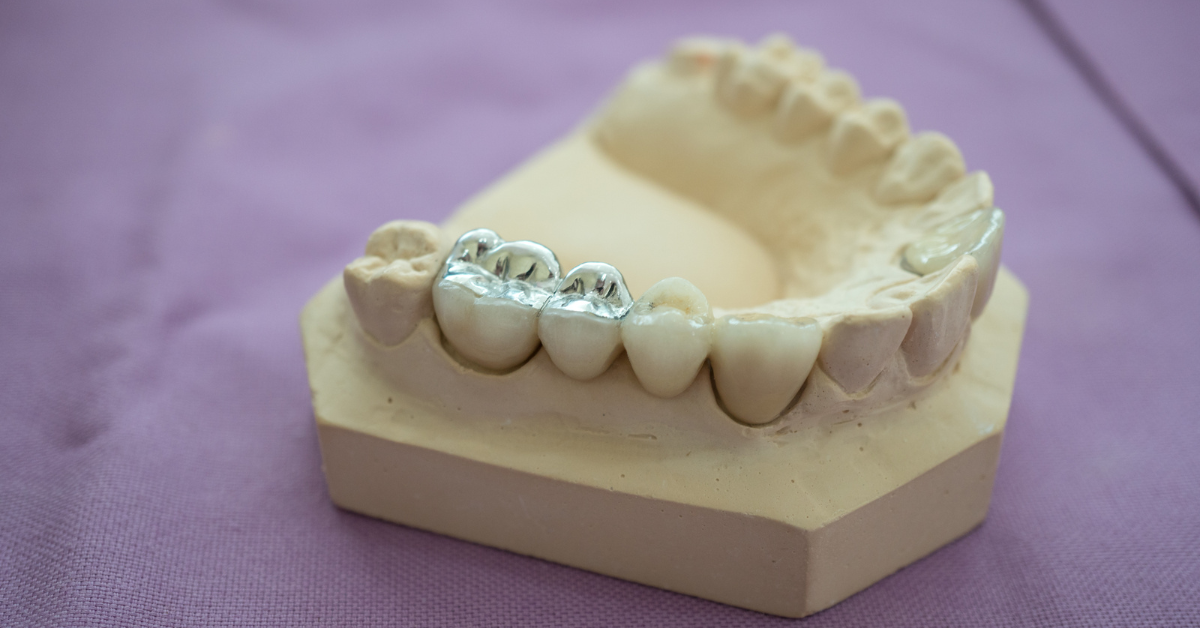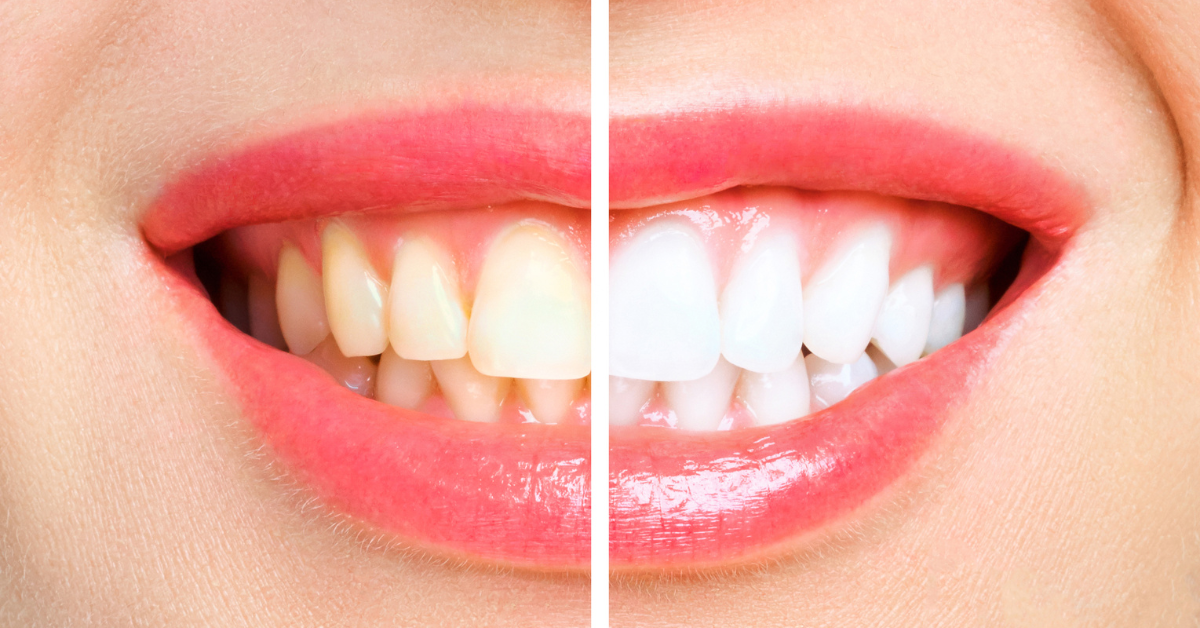Dental fillings are a common and effective treatment for restoring damaged or decayed teeth. They are typically made of various materials, each with its unique properties and applications. Understanding the different types of dental fillings can help you make an informed decision about the best option for your individual needs.
Amalgam Fillings
Amalgam fillings, also known as silver fillings, are a traditional and durable option that has been used for decades. They are composed of a mixture of metals, including silver, tin, copper, and mercury. Amalgam fillings are relatively inexpensive and can withstand strong chewing forces. However, they can be more noticeable than other filling materials due to their metallic color.
Composite Resin Fillings
Composite resin fillings, often referred to as tooth-colored fillings, are a popular choice due to their natural appearance. They are made of a combination of plastic and glass particles, which can be matched to the color of the surrounding teeth. Composite resin fillings can be used to fill both small and large cavities and are considered a good choice for front teeth.
Glass Ionomer Fillings
Glass ionomer fillings are a biocompatible option that releases fluoride, helping to strengthen the tooth and prevent further decay. They are typically used for small cavities or as a lining under other types of fillings. Glass ionomer fillings may not be as durable as other materials and may wear down over time.
Gold Fillings
Gold fillings are considered the most durable and long-lasting type of filling material. They are extremely resistant to wear and tear and can last for many years. However, gold fillings are the most expensive option and may not be aesthetically pleasing for all individuals.
Porcelain Fillings
Porcelain fillings, also known as ceramic fillings, offer a natural appearance similar to composite resin fillings. They are considered a good choice for larger cavities or areas where durability is important. Porcelain fillings are more expensive than composite resin fillings but may be covered by dental insurance.
Choosing the Right Filling Material
The choice of dental filling material depends on various factors, including:
-
Location of the Cavity: For cavities in visible areas, tooth-colored fillings are often preferred for their aesthetics. For more hidden cavities, durability may be a more important factor.
-
Size of the Cavity: Larger cavities may require more durable materials like amalgam or gold fillings.
-
Patient’s Preferences and Budget: Patients should consider their aesthetic preferences and budget when discussing filling options with their dentist.
Consulting with a Dentist
Consulting with an experienced dentist is crucial to determine the best type of dental filling for your individual needs. They will assess the location and size of the cavity, your overall oral health, and your preferences to recommend the most suitable material.
Conclusion
Dental fillings are an essential tool for restoring tooth function and aesthetics. With various materials available, each with its unique properties and applications, patients have the option to choose the filling that best suits their individual needs. Consulting with a dentist can provide valuable guidance and ensure that you receive the appropriate treatment for your dental health. Please find the dental office near you in these locations: Attleboro, Chelmsford, Hyde Park, Jamaica Plain, Lynn, Manchester, Methuen, Roslindale, Taunton.




